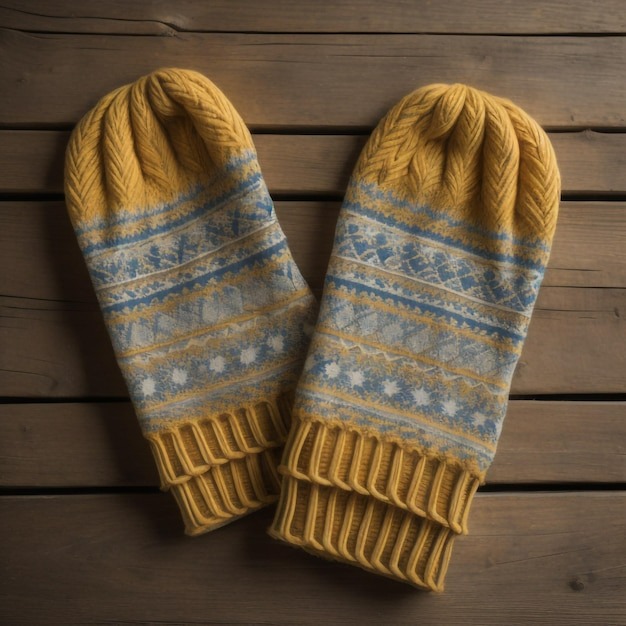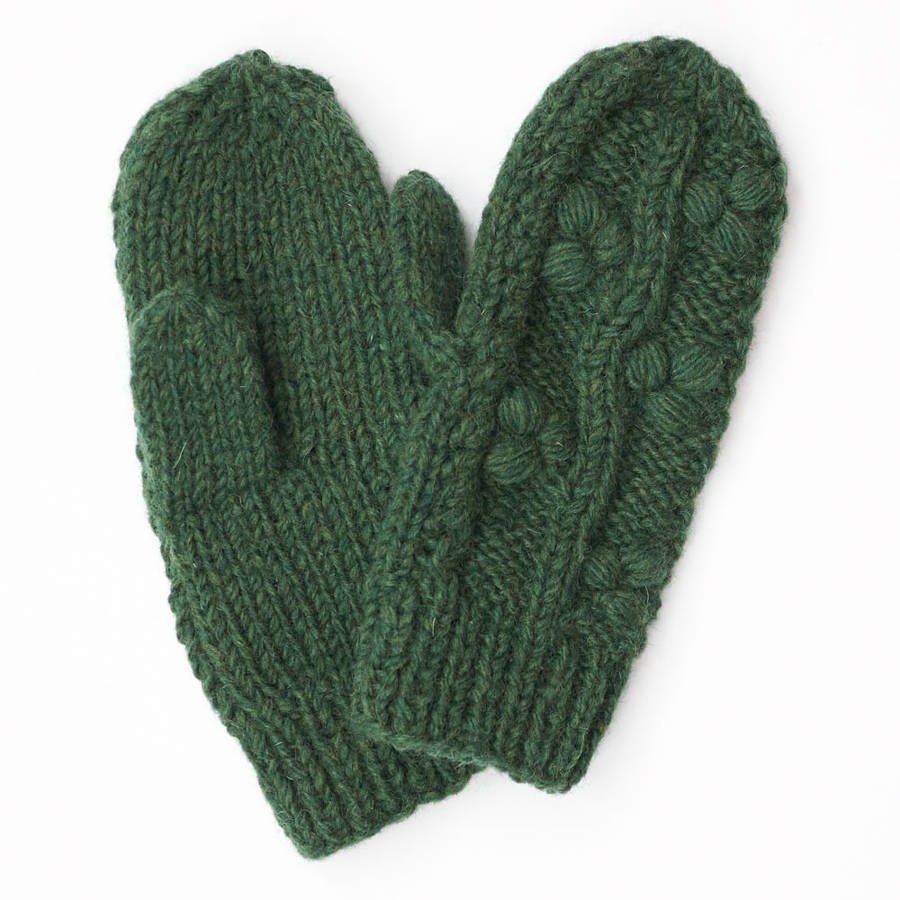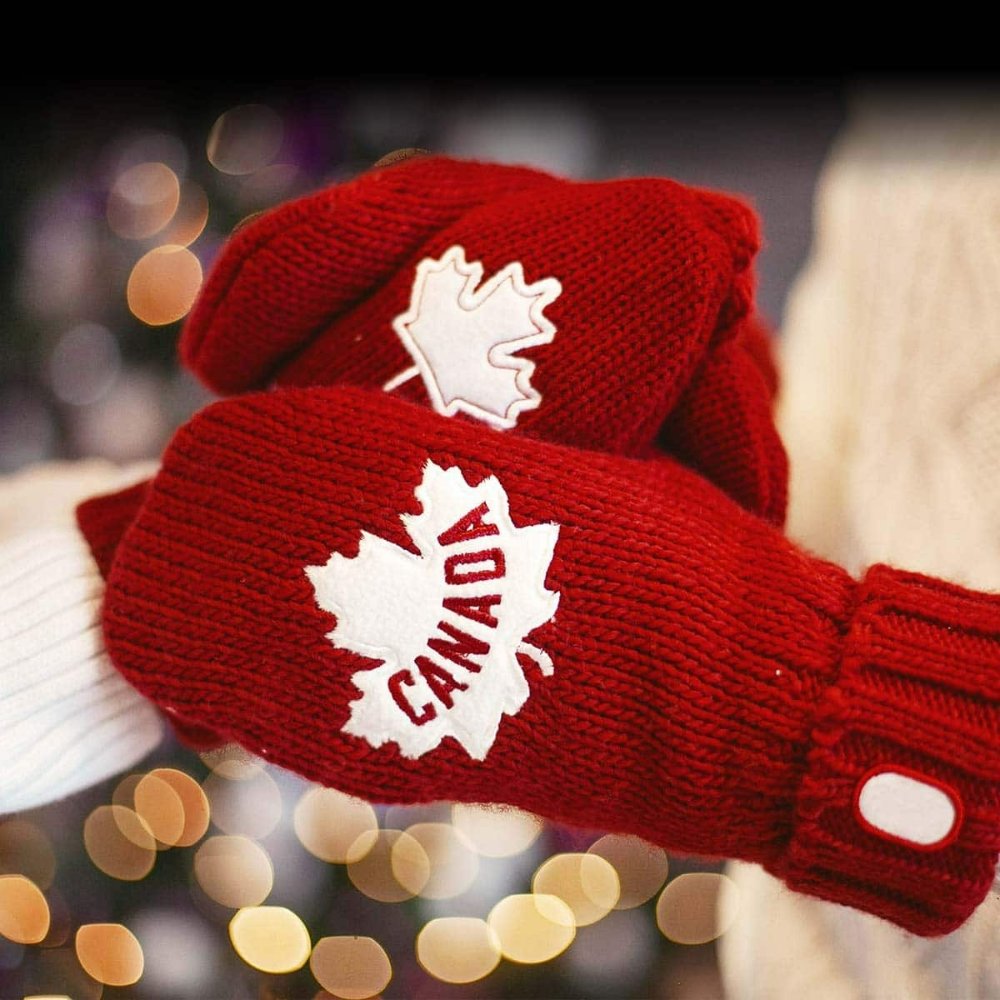The Importance of Proper Fit in Mittens
Finding the right fit in a mitten is crucial for several reasons. A well-fitted mitten provides maximum comfort and prevents issues like numb fingers or limited dexterity. When a mitten is too tight, it can restrict blood flow, making your hands colder. Conversely, mittens that are too loose will allow warm air to escape and cold air to enter, reducing their effectiveness.
When trying on mittens, make sure there is a little bit of space at the tips of your fingers. This space acts as an insulating layer, trapping heat around your fingers. The mitten should snugly encase your hand without any pinching or tightness around your palm or wrist. Look for adjustable features such as wrist straps or elastic cuffs, as these can improve fit and retain warmth.
Proper sizing is critical, not just for comfort but also for functionality. Well-fitted mittens will allow you to grip and hold items without feeling clumsy. If you plan on engaging in winter sports or activities where fine motor skills are necessary, ensure your mittens provide the freedom to move your fingers as needed.
Lastly, remember that children often outgrow their mittens quickly. Check the fit often, especially if they complain about discomfort or cold hands during winter play. Keeping these points in mind will help you select mittens that keep your hands warm, dry, and agile, whether you’re hitting the slopes or just building a snowman in the backyard.

Materials and Fabrics: Warmth vs. Breathability
When choosing mittens, the material is key for both warmth and breathability. Here’s what to consider:
- Wool: Wool offers excellent insulation while allowing moisture to escape, keeping hands dry and warm.
- Fleece: Fleece provides good warmth and is soft against the skin. However, it may not breathe as well as wool.
- Synthetic Insulators: Materials like Thinsulate are lightweight and warm. They often wick moisture away, contributing to breathability.
- Cotton: Cotton is less ideal for mittens as it absorbs moisture and offers minimal insulation when wet.
- Gore-Tex: This fabric is waterproof and breathable. It’s a top choice for high-performance mittens.
Balance is the goal. You need mittens to keep the cold out and the warmth in without trapping sweat. This can lead to cold hands. Look for mittens lined with breathable materials that also insulate. Some mittens have a combination of materials, such as a wool outer and a fleece lining, to maximize both warmth and breathability.
Avoid materials that do not wick away moisture or retain heat when damp. Always consider the activity you’re dressing for. Heavy insulation might be too much for active sports, causing overheating. Lighter mittens might suffice if you’re staying active but go for heavier, insulated ones for passive activities.
Features to Look for in Quality Mittens
When shopping for mittens, it’s not just about fit and fabric. Quality mittens come with features that enhance their performance in cold weather. Look for these must-haves:
- Insulated Padding: Choose mittens with proper insulation. This keeps your hands warm in extreme cold.
- Adjustable Cuffs: Look for mittens with adjustable wrist straps or elastic cuffs. They help seal in heat and keep out snow.
- Touchscreen Capability: If you need to use your phone, touchscreen-friendly mittens are a bonus.
- Reinforced Palms: For durability, mittens with leather or synthetic palms are ideal. They resist wear and tear.
- Clip Attachments: Many mittens come with clips. These let you attach them to your coat or each other. No more lost mittens!
- Reflective Elements: For safety, reflective trim is useful. It makes you visible in low-light conditions.
- Liners: Some mittens have removable liners. They add warmth and are easy to clean.
Remember to consider the mitten’s features along with fit and material. This ensures you pick the best pair for your needs. Whether you’re skiing, shoveling, or enjoying a stroll in the snow, quality mittens with the right features will keep you cozy and comfortable.

Types of Mittens for Different Activities
When picking mittens, think about your planned activities. Each type suits different needs. Let’s explore some common ones:
- Casual Wear: For daily activities like walking or commuting, go for comfort and ease. A basic wool or fleece mitten works well.
- Sports: Need mittens for skiing or snowboarding? Choose ones with extra grip and insulation. Features like touchscreen fingertips are handy for using gadgets without removing your mittens.
- Extreme Cold: In frigid temperatures, opt for mittens with heavy-duty insulation. Look for materials like Thinsulate or down.
- Wet Conditions: For damp climates or activities like ice fishing, waterproof mittens are a must. Gore-Tex or similar materials will keep your hands dry.
- Hiking: Lightweight mittens that pack well are great for hikers. Breathability matters here to prevent sweaty hands.
Each activity might need a different mitten kind. Think about warmth, grip, and weather protection when you choose. Remember to get a size that fits well, so your hands stay comfy and warm no matter what you do.
Caring for Your Mittens: Maintenance Tips
Taking care of your mittens will extend their life and performance. Follow these simple maintenance tips:
- Clean Regularly: Check the care label and wash mittens as directed. Hand-wash woolen mittens with mild soap and avoid heat to prevent shrinking.
- Dry Thoroughly: After washing, dry your mittens completely before use. Lay flat or hang to avoid misshaping.
- Spot Treat Stains: Use a gentle cleaner for small stains. Avoid harsh chemicals that can damage the fabric.
- Store Properly: Keep mittens in a cool, dry place when not in use. Avoid compressing insulated mittens as it can reduce their effectiveness.
- Repair Damages: Mend small tears or holes promptly to prevent them from getting bigger. Use a sewing kit or take them to a professional if needed.
Your mittens are a key defense against cold weather. Treat them well and they will keep your hands warm and dry through many winters.

The Role of Insulation in Mittens
Insulation is key to keeping hands warm in cold weather. Here’s why insulation matters in mittens:
- Traps Heat: Insulation traps body heat, creating a warm barrier against the cold.
- Thickness Matters: Thicker insulation offers more warmth, but it can limit dexterity.
- Material Choices: Insulators like Thinsulate, down, and synthetic fibers are common in mittens.
- Efficient Design: Good insulation works with the mitten’s other features to maximize warmth.
- Activity Appropriate: The amount of insulation should match your activity level to avoid sweating.
Different activities need varying levels of warmth. When you choose mittens, consider how much insulation you will need. Light insulation is often fine for active sports, while heavier insulation is best for less active times in cold weather. Choose mittens with the right amount of insulation to keep your fingers toasty without overheating.
Weatherproofing: Water Resistance and Wind Protection
For those winter days that bring dampness and gusts, weatherproofing in mittens is essential. Good weatherproofing keeps hands protected from water and wind, which are common culprits of chilliness. Here’s what to look for:
- Water-Resistant Materials: Search for mittens made with fabrics like Gore-Tex that repel water. Water resistance ensures hands stay dry in snow or rain.
- Wind Protection: Choose mittens that can block cold winds. Often, a tight weave or specialized coating helps.
- Sealed Seams: Seams can let in water and cold air. Ensure they’re sealed or taped for extra defense.
- Durable Water Repellent (DWR) Coating: This coating adds another layer of water resistance. DWR coatings can help water bead off the fabric.
- Layered Construction: Some mittens have multiple layers for better protection. An outer shell blocks wind and water, while internal insulation keeps warmth in.
With the right weatherproof features, your mittens will keep your hands snug in various conditions. This barrier against the elements will allow you to enjoy your winter adventures more comfortably and for longer periods.
Expert Tips on Selecting the Right Size and Style
When searching for the perfect pair of mittens, size and style are paramount. Here are expert tips to guide you:
- Measure Your Hand: Use a tape measure around the widest part of your hand. This is key for the correct size.
- Check the Size Chart: Brands have size charts. Match your hand measurements to find the right fit.
- Try Them On: If possible, try on mittens. Ensure they’re not too tight and have enough finger room.
- Consider the Style: Mittens come in various styles. Choose a style that fits your activities.
- Look at the Length: Longer mittens are better for more coverage, while shorter ones offer more freedom.
- Focus on Function: Decide what features you value. Do you need waterproof, touchscreen, or reinforced palms?
- Pick for Purpose: If you’re skiing, get mittens designed for grip. For casual use, a simple fleece mitten might do.
- Mind the Material: Materials should match the weather. Wool is good for dry cold, while Gore-Tex suits wet conditions.
- Go for Good Seams: Seams should be strong and sealed for durability. They keep the cold out.
By considering these tips, you will find a mitten that offers both proper fit and style that suits your winter pursuits. Moreover, an appropriate size ensures hands stay warm, while the right style guarantees your mittens meet the demands of your activities.